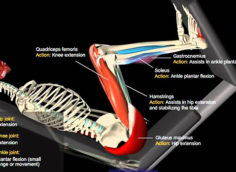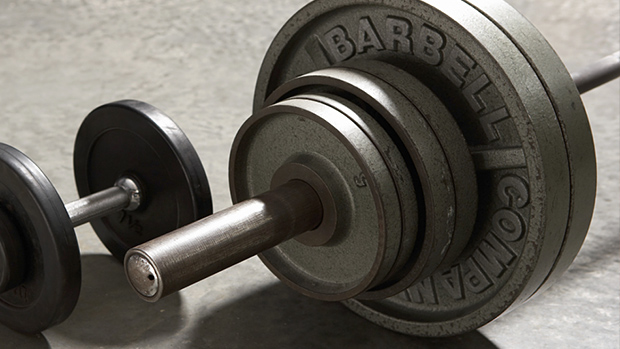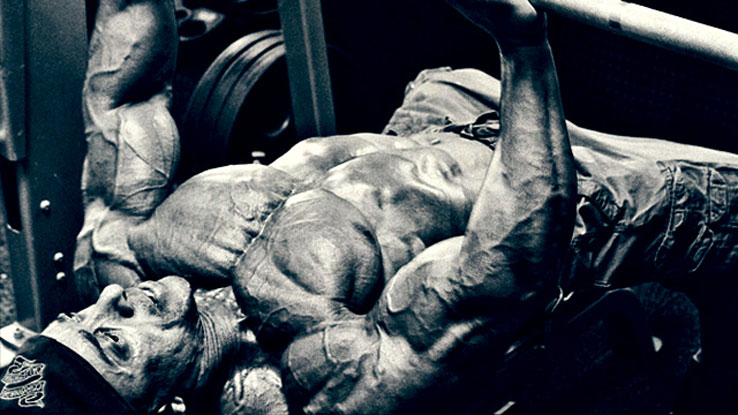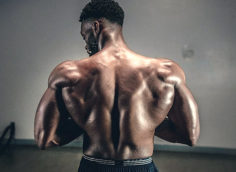Why Even Swing?
Most power generation in athletic movements comes from the hips and glutes. We can call this area the body's power center. Obviously, we also need strength in the core and limbs to produce maximum force, but these areas can be considered complementary to the power potential of the hips and glutes.
While the kettlebell swing isn't about building strength to the maximum (deadlift variations are king in this regard), the swing blends strength and power like no other exercise. The ability to produce power (speed + strength) is what the swing is all about.
Okay, sure. Olympic lifts might be the best for training absolute power, but mastering the technique takes a lot more time and effort. The O-lifts also come with a higher risk of injury. If you want to put in the time and effort to master them, do it. But if you want to build powerful hips in the most practical and effective way, the kettlebell swing is the king.
So let's get started. Here are the variations you need.
How To Do It
Start upright with feet shoulder-width apart or a bit wider. Place the kettlebell in front of you. Push your hips back while you lean forward with your torso, like taking a bow, and reach for the kettlebell. Grip it tightly. Brace your core before swinging the kettlebell backward between your legs.
When your forearms touch the inside of your thighs, and your hips are in a flexed position, explosively contract the glutes to swing the kettlebell forward. When it reaches chest height, tense your whole body (similar to a tight plank position) and stop the swing by creating tension in the glutes, core, arms, and lats.
From the top position, actively "push" the 'bell back toward your groin. When it approaches the "holy area," push your hips back while leaning forward with your torso until you again find yourself with hips in a loaded position with the kettlebell behind you.
Create a new powerful contraction with the hips and continue in this fashion.
Things To Avoid
Avoid these mistakes with all kettlebell swing variations:
- Make sure not to move your knees much. This goes for both the loading and exploding phases of the movement. The swing is not a squat. It's more like taking a bow.
- Also, when the kettlebell goes down, make sure it's moving high in the hip area and not sagging down toward the ground. These two mistakes often come together when the movement is performed like a squat.
- Keep yourself from hyperextending the lower back in the top position when you're stopping the 'bell from swinging higher. To avoid this, finish with a strong glute contraction and brace your core.
How To Do It
Adding bands to the kettlebell swing will increase your power potential even further. From the bottom position, the band tension forces you to be more explosive with the glute contraction.
The band tension will speed up the downward movement from the top position, leading to a greater stretch reflex. The increased tension and speed in the deceleration phase is one of the reasons why bands are such a powerful tool.
Think of bouncing a basketball. If you just drop the ball, it'll bounce up again, but if you SMASH it into the ground, it'll fly up faster and higher. This effect is what you're after when using bands in your power training. The faster you go down, the faster you'll go back up again (unless you're using too much resistance).
For optimal balance and power, make sure the band is placed below the middle of the feet or closer to the heels.
How To Do It
The main difference here is the addition of a "free" arm. Toward the bottom position, let the free arm travel back along with the hip movement, similar to how you load up for a jump. From the bottom position, actively move the arm forward until you stop the 'bell with the hand. Add an active push on the kettlebell to make it move faster back down.
Doing the swing unilaterally has several benefits. It recruits more muscle (especially the lats and hips due to increased stability needs), it trains grip strength, and it can be considered a "core" exercise since the asymmetric load wants to pull you out of balance. The latter can also help to detect and improve obvious imbalances between the left and right sides of the body.
This is the single-arm swing spiced up to the max. You stand on the band the same way you would with the standard two-arm version, but you execute it like the single-arm version. The band has a tendency to make the 'bell "tilt" and move in the top position, so make sure to stop and control the kettlebell with your free hand and give it a push back down.
This depends on many factors. It's a versatile exercise and can be used to train several strength qualities. But here are some recommendations:
- Do a heavy standard (two-arm) version in a max effort lower-body workout. Do 3-5 sets with 10 reps.
- Do a standard version in combination with a heavy barbell lift and use the contrast method. After a heavy squat or deadlift for 3-5 reps, rest for 30 seconds, and perform 10 explosive reps with the swing.
- Do a single-arm version on a dynamic/explosive day.
- Do a single-handed version as part of your warm-up before sport-specific training to wake up your system and explosive capabilities.





